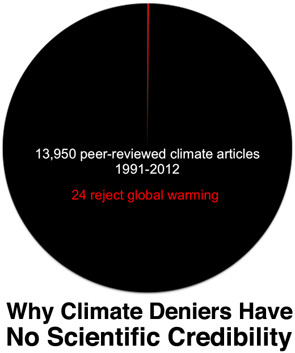“Frackademia” - shorthand for bogus science, economics and other research results paid for by the oil and gas industry and often conducted by “frackademics” with direct ties to the oil and gas industry - has struck again in California.
It comes in the form of a major University of Southern California (USC) report on the potential economic impacts of a hydraulic fracturing (“fracking”) boom in California's Monterey Shale basin that's hot off the presses, “Powering California: The Monterey Shale and California's Economic Future.”
California Democratic Gov. Jerry Brown recently gave his cautious support to fracking, the toxic process via which oil and gas embedded deep within shale rock basins made famous by the documentary film “Gasland,” currently a topic of contention in California. The new report gleefully says we could be witnessing 1849 all over again, the second-coming of a “Gold Rush,” a term the co-authors utilize 9 times in the Preface.
The report, co-authored by a Los Angeles-based public relations firm, The Communications Institute (TCI), concludes that “development of the 1,750-square-mile formation in central California could generate half a million new jobs by 2015 and 2.8 million by 2020,” as reported by The Los Angeles Times, which blared the headline, “Tapping California shale oil could add millions of jobs, study says.”
Given California's population of 37,683,933 people, this would mean 7.4 percent of the state's citizens can gain employment and economic uplift from the industry. It would also shrink the 20.3-percent unemployment rate in the Golden State down drastically, to 12.9 percent.
“The Monterey shale would help stimulate the California economy to a significant extent,” USC professor and co-author Adam Rose told The Times. “It's not just a benefit to the oil industry. These impacts ripple throughout the economy.”
While a nice sentiment, the age-old questions quickly arise: who are the authors and who funded this study?
The answers to these questions, a DeSmogBlog investigation has revealed, paints an entirely different picture of the report's findings and how it came to such rosy conclusions.























